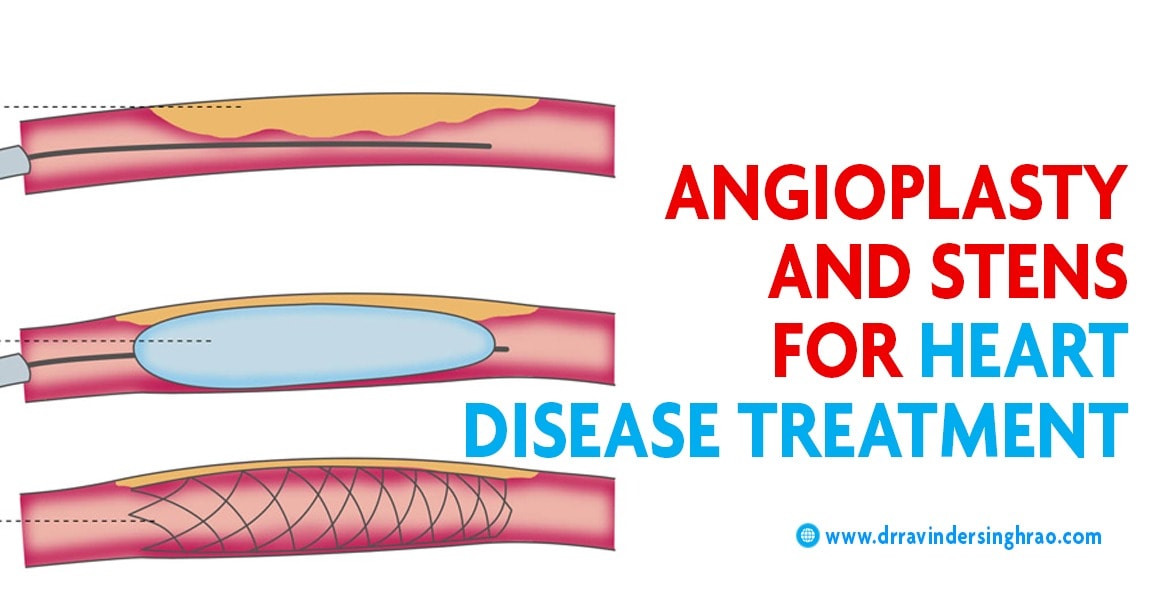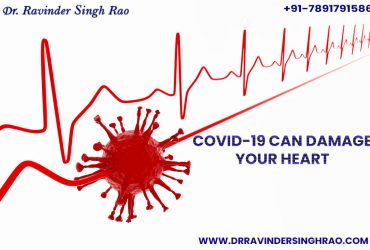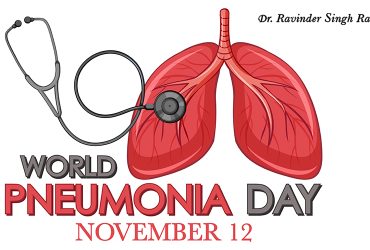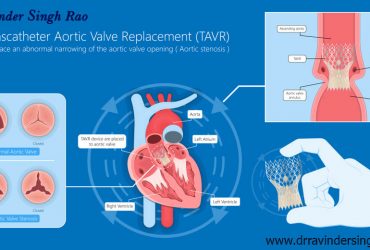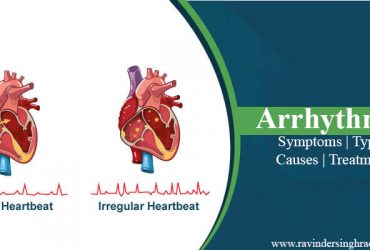Coronary Angioplasty and Stent Placement: Angioplasty is procedure that improve the flow of blood to the heart. It opens a coronary supply route that was obstruct due to a heart attack. The coronary artery may be obstruct by blood coagulation, calcium, and fat from a crack plaque that cause the heart attack.
After the heart attack, specialists perform an Angioplasty procedure as soon as possible. But this procedure is not available in many hospitals. If a patient is at a hospital that doesn’t provide the angioplasty treatment, he or she may be refer to another hospital where angioplasty should be possible.
Coronary angioplasty and stents | Angioplasty and stent Placement | Why it is done- Dr. Ravinder Singh Rao
Angioplasty in an emergency with or without stenting is normally the primary decision of treatment after a heart attack.
Despite numerous things being include, angioplasty may be done if you:
- Heart Attack Occur.
- Coronary heart disease.
- Have severe and frequent angina that isn’t reacting to drug and way of life changes.
- Showing indication of extremely lessened blood flow known as ischemia to a region of heart muscle caused by at least one narrowed coronary corridors.
- Have a block or narrow artery that is probably going to be dealt successfully with angioplasty.
- Are in good wellbeing to have the method.
Angioplasty may not be a primary treatment choice when:
- There is no indication of decreasing the flow of blood to the heart muscle.
- Just little zones of the heart are in risk, and you don’t have incapacitating angina side effects.
- You are in issues for having issues such as dying amid angioplasty because of other medical issues.
- You can’t take blood thinner drugs, headache medicine (aspirin) and another antiplatelet, subsequent to getting a stent.
- The influence artery can’t be come to amid angioplasty.
How angioplasty is done?
Angioplasty is finish utilizing a thin, delicate tube call a catheter. A specialist embeds the catheter into a vein in the wrist or groin. The specialist deliberately directs the catheter through veins until the point when it achieves coronary arteries on the heart. here we are discussing about Coronary angioplasty and stents. Dr. Ravinder Singh Rao is the best Heart Expert in India.
Cardiac catheterization, also termed coronary angiogram. Your specialist first utilizes the catheter to discover blockages or narrowing in the coronary veins. This is finish by infusing a dye that contains iodine into the veins. The dye makes the coronary veins noticeable on a computerized X-beam screen. This testing is also termed as coronary angiogram.
In Most of the Cases, the specialist may expel loose pieces of blood clumps from the heart artery. A vacuum gadget is insert to finish this procedure. The specialist moves the gadget up through the catheter to the blocked heart artery and evacuates the coagulation pieces. Nowadays, this is the latest procedure that used during angioplasty.
Read this blog to know more about Impella Device.
Risks of angioplasty involve:
- Bleeding at the cut site.
- Damage to the vein at the cut site.
- Sudden closure of the coronary vein.
- Little tear in the internal layer of the heart artery.
- Chances of Heart Attack

